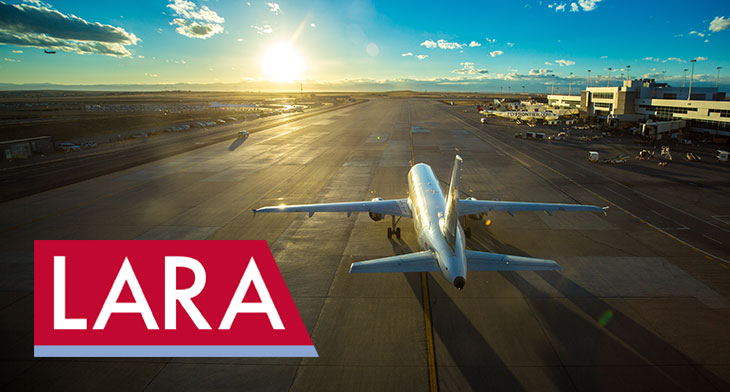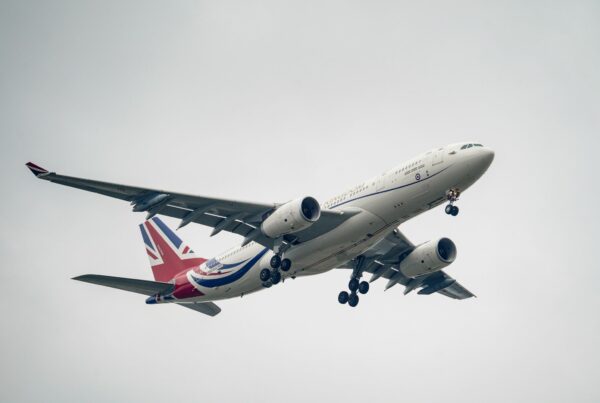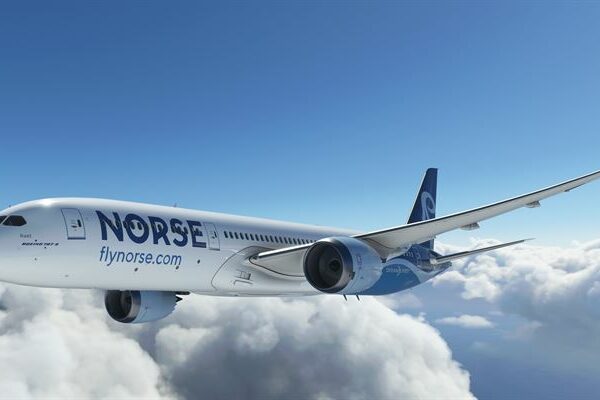Preliminary traffic figures for March released by the Association of Asia Pacific Airlines (AAPA) have shown growth in international air passenger markets, but air cargo markets have contracted for the fifth consecutive month.
Airlines in the region carried an aggregate total of 31.7 million international passengers in March, a 3.4% year-on-year increase on top of a double-digit growth recorded in the same month last year.
In revenue passenger kilometres (RPK), demand grew by 2.4% whilst available seat capacity expanded by 4.2%, leading to a 1.4 percentage point decline in the average international passenger load factor to 80.0% for the month.
Andrew Herdman, AAPA director general said, “During the first quarter of the year, the number of international passengers carried by the region’s airlines grew by 5.3% to a combined total of 93 million. Intra-regional and inter-regional markets remained relatively robust, supported by continued growth in both business and leisure travel markets.”
Meanwhile air cargo demand (as measured in freight tonne kilometres – FTK) declined by 3.2% in March compared to the same month last year. AAPA pointed to the “ongoing weakness in demand for intermediate goods and corresponding fall in new business orders” as affecting air cargo shipments. Offered freight capacity increased by 1.1% resulting in a 2.8 percentage point decline in the average international freight load factor to 62.4% for the month.
“Air cargo demand fell by 5.6% during the same period, reflecting cautious market sentiment linked to unresolved trade tensions, particularly between the United States and China,” Herdman continued.
Looking ahead, Herdman commented: “Prospects for air travel markets remain positive, on expectations of continued moderate growth in the global economy. The ongoing shift towards air cargo for e-commerce shipments of consumer goods should provide some level of support to air cargo demand, although prevailing conditions remain weak.”
He continued: “Having faced increasing headwinds to operating conditions, many of the region’s carriers saw a deterioration in earnings performance last year. Higher fuel and labour costs led to a squeeze in margins, despite continued growth in demand and some improvements to airline yields. Overall, Asia Pacific carriers continue to respond to an intensely competitive marketplace, actively implementing strategic initiatives and pursuing avenues for growth to sustain profitability.”








